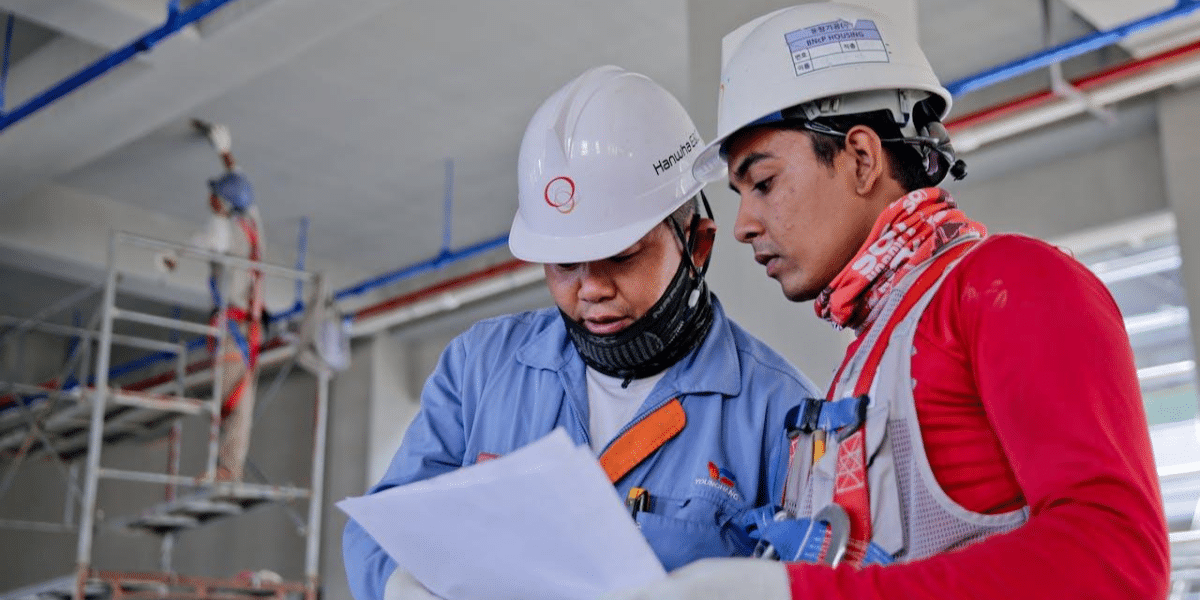Chicago, known as the “Windy City,” is not only a hub of culture, commerce, and innovation but also a city with a rich transportation history that has played a pivotal role in its development and prosperity. From its strategic location on the shores of Lake Michigan to its extensive network of railroads, highways, and waterways, Chicago’s transportation system has been a driving force behind its growth as a major economic and transportation hub. This article explores how Chicago’s transportation infrastructure has flourished over the years, shaping the city’s identity and fueling its economic vitality.
The Role of Railroads in Chicago’s Rise
In the 19th century, Chicago emerged as a major railroad hub due to its central location and strategic positioning as a gateway to the western United States. The construction of railroads connecting Chicago to the East Coast and beyond transformed the city into a bustling transportation center, facilitating the movement of goods, people, and ideas across the country. Chicago’s Union Station, completed in 1925, became a symbol of the city’s prominence in the railroad industry and remains an iconic landmark to this day.
The Impact of Waterways and Canals
In addition to its extensive railroad network, Chicago’s transportation system benefited from its proximity to the Great Lakes and the Mississippi River. The construction of the Illinois and Michigan Canal in the 19th century provided a crucial link between the Great Lakes and the Mississippi River, allowing for the efficient transportation of goods between the East Coast and the Gulf of Mexico. Chicago’s location at the intersection of major waterways further solidified its status as a vital transportation hub, facilitating trade and commerce both regionally and nationally.
The Rise of O’Hare International Airport
In the 20th century, Chicago’s transportation system experienced another significant milestone with the establishment of O’Hare International Airport. Opened in 1955, O’Hare quickly became one of the busiest airports in the world, serving as a key hub for domestic and international air travel. Its central location, extensive flight network, and state-of-the-art facilities have made it a vital gateway for travelers and a major driver of economic activity in the region. O’Hare’s expansion and modernization efforts continue to position Chicago as a global leader in air transportation.
The Legacy of the ‘L’ Train
Chicago’s iconic elevated train system, known as the “L,” has been an integral part of the city’s transportation network since the late 19th century. Originally constructed to alleviate traffic congestion and provide efficient transportation within the city, the ‘L’ has evolved into a vital artery of Chicago’s public transit system, serving millions of commuters and tourists each year. Its extensive network of lines connects neighborhoods, suburbs, and business districts, providing residents with convenient and affordable transportation options.
Embracing Innovation with Bike Lanes and Public Transit
In recent years, Chicago has embraced innovative transportation solutions to meet the evolving needs of its residents and visitors. The city has expanded its network of bike lanes and trails, promoting cycling as a sustainable and environmentally friendly mode of transportation. Additionally, investments in public transit infrastructure, including bus rapid transit and the modernization of existing rail lines, have improved mobility and accessibility for residents throughout the city. These initiatives reflect Chicago’s commitment to innovation and sustainability in its transportation planning efforts.
Conclusion
In conclusion, Chicago’s transportation system has been a driving force behind the city’s growth, development, and prosperity. From its early days as a railroad hub to its modern infrastructure encompassing railroads, highways, waterways, and airports, Chicago’s transportation network has facilitated the movement of people and goods, supported economic activity, and shaped the city’s identity as a vibrant and dynamic metropolis. As Chicago continues to evolve and grow, its transportation system will remain a critical component of its success, ensuring connectivity, mobility, and opportunity for residents and businesses alike.







